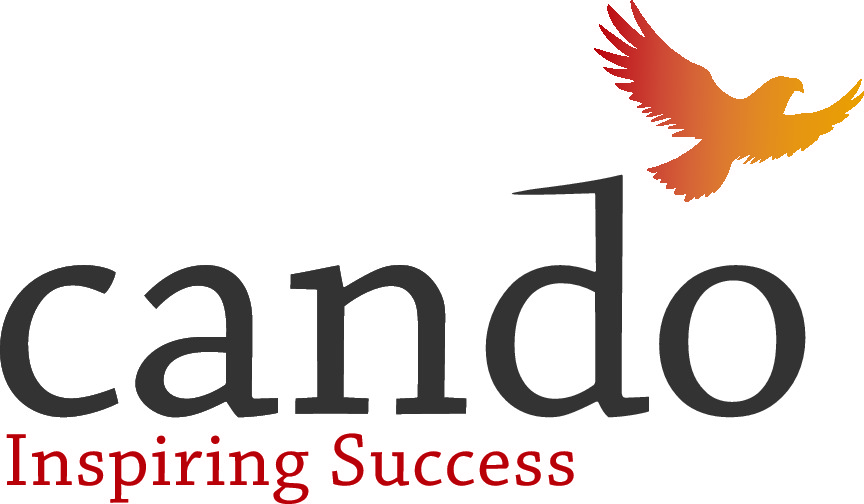Aboriginal Gaming In Canada: A Literature Review And Suggestions For Research
DOI:
https://doi.org/10.29173/jaed128Downloads
References
Antell, J., A. Blevins, and K. Jensen. (2000). “American Indian Casino Gambling: Issues of Tribal.” Journal of Community Development Society, 31(1): 1–18.
Azmier, J. (2000). Canadian Gambling Behaviour and Attitudes: Summary Report. Calgary, Gambling in Canada Research Report No. 8: Canada West Foundation.
Boger, C.A., D. Spears, K. Wolfe, and L.C. Lin. (1999). “Economic Impacts of Native American Casino Gaming.” In C.H. Hsu (Ed.), Legalized Casino Gaming in the United States: The Economic and Social Impact, pp. 135–53. New York: The Haworth Hospitality Press.
Canada. (1987). Gaming on Reserves: Discussion Paper by a Departmental Task Force. Ottawa: Department of Indian Affairs and Northern Development.
Canadian Press. (2000, October 25). “Saskatchewan bands propose Internet Casino, despite government warnings.”
Connor, M. (1996). “Indian Gaming Second Among Nations.” International Gaming & Wagering Business, 17(4): 38.
Cordiero, E. (1992). “Factors Influencing the Success of Bingo Operations on American Indian Reservations.” In S. Cornell & J. Kalt (Eds.), What Can Tribes Do? Strategies and Institutions in American Indian Economic Development, pp. 205–38. Los Angeles, CA: American Indian Studies Centre, University of California.
Cornell, S., and J. Kalt. (1998). “Sovereignty and Nation-Building: The Development Challenge in Indian Country Today.” American Indian Culture and Research Journal, 22(3): 199–225.
Cozzeto, D., and B. Larocque. (1996). “Compulsive Gambling in the Indian Community: A North Dakota Case Study.” American Indian Culture and Research Journal, 20(1): 73–86.
Desbrisay, D. (1996). “The Gaming Industry in Aboriginal Communities.” In For Seven Generations: An Information Legacy of the Royal Commission on Aboriginal Peoples [CD-ROM]. Ottawa: Libraxus.
Ferguson, B. (1993, May 10–11). “Gamex ‘93 Gaming Law Review.” In Successful First Nations Gaming in Canada II. Proceedings of the First Nations Gamexpo ‘93. Vancouver.
Garitty, M. (1998). “California Gaming: Las Vegas Lines up Against Tribes on November Initiative.” Native Americas, 15(3): 22–31.
Harvey, S. (1996). “Two Models of Sovereignty: A Comparative History of the Mashantucket Pequot Tribal Nation and the Navajo Nation.” American Indian Culture and Research Journal, 20(1): 147–94.
Hill, R.G. (1994). “The Future of Indian Gaming.” Cultural Survival Quarterly, 17(4): 61.
Hogan, John E. (1998). “World Wide Wager: The Feasibility of Internet Gambling Regulation.” Seton Hall Cons. L.J. 8: 815, 820
Isaac, Thomas. (1999). Aboriginal Law: Cases, Materials
and Commentary. Saskatoon: Purich Publishing.
Jordan, David B. (2000). “Rolling the Dice on the Cyber-Reservation: The Confluence of Internet Gaming and Federal Indian Law.” American Indian Law Review 24(2): 455–70
Kalt, J. (1998, March 16). Statement Before National Gambling Impact Study Commission. Washington, D.C.
Korn, D. (2000). “Expansion of gambling in Canada: Implications for health and social policy.” CMAJ, 163(1): 61–64.
Lane, A. (1995). Return of the Buffalo: The Story Behind America’s Gaming Explosion. Westport: Bergin and Garvey.
Lyons, O.C., and J.C. Mohawk. (1994). “Sovereignty and Common Sense.” Cultural Survival Quarterly, 17(4): 58–60.
Mandel, M. (2001, December 10). “Waiting on Lady Luck: Reserve residents hope to see returns from Casino Rama’s success.” Toronto Sun, pp. 38–41.
Marshall, K. (1998). “The gambling industry: Raising the stakes.” Perspect Labour Income, 10(4): 7–11.
Marquette Advisors. (1997). Economic Benefits of Indian Gaming in the State of Minnesota. Minneapolis, MN: Author.
McKay, S. (1997, March). “The Zero Sum Game.” The Financial Post Magazine.
Minnesota Indian Gaming Association. (1992). Economic Benefits of Tribal Gaming in Minnesota.
Mofina, R. (2000). “Casino fight could test Indian Act.” National Post. Online: (last accessed: 1/27/2001).
Nechi Training. (1995). Firewatch on Aboriginal Adolescent Gambling. Edmonton: Research and Health Promotions Institute.
Palermo, D. (2000, October 19). “Indians’ casino could push California past Nevada to No. 1.” The Las Vegas Sun Herald.
Poelking, S. (1996). Gambling. Ontario: Legislative Research Service.
Ponting, J.R. (1993, October 27–30). “The Paradox of On-Reserve Casino Gambling: Musings of a Nervous.” A paper presented in the Second National Symposium on Gambling, Simon Fraser University Gambling Studies Program. Gambling in Canada: The Bottom Line Conference. Vancouver, B.C.
Porter, R.B. (1999). “Crisis Pending: Governance in Tribal America.” Native Americas, 16(1): 18–23.
Ribis, N., and M. Traymar. (1995). “The Great Spirit in a New Era: Gaming on Pequot Tribal Land.” Cultural Survival Quarterly, 19(1): 11–13.
Ribis, N., and M. Traymar. (1996). “‘Raising the Stakes’: Raises the Issues.” Cultural Survival Quarterly, 19(4): 10–11.
Rose, N. (1992). “The Future of Indian Gaming.” Journal of Gambling Studies, 8: 393–99.
Saskatchewan Gaming Authority. (1998). First Nations Gaming: An Economic Imperative.
Snipp, C. (2000). “A Comment on the Subject of Gaming in Indian Country.” Journal of Community Development Society, 31(1): 27–30.
Starr, V.A. (1987). Submission to Task Force on Gaming on Reserves, Department of Indian and Northern Affairs.
State of Connecticut: Division of Special Revenue. (2001). Online: <http://www.state.ct.us/dosr/WAGERING.htm>.
Trosper, R. (1995). “Traditional American Indian Economic Policy.” American Indian Culture and Research Journal 19(1): 65–95.
Wilmer, F. (1997). “Indian Gaming: Players and Stakes.” Wicazo Sa Review, Spring: 89–114.
York G. (1991). The Dispossessed: Life and Death in Native Canada. Toronto: Little Brown & Company Ltd.
Zitgow, D. (1992). Incidence and Comparative Study of Compulsive Gambling Behaviors Between Indian and Non-Indians within and near a Northern Plains Reservation. Bemidji: Minnesota Area Office, Indian Health Service.
Downloads
Published
Issue
Section
License
Copyright (c) 2002 Cando

This work is licensed under a Creative Commons Attribution-NonCommercial-NoDerivatives 4.0 International License.




